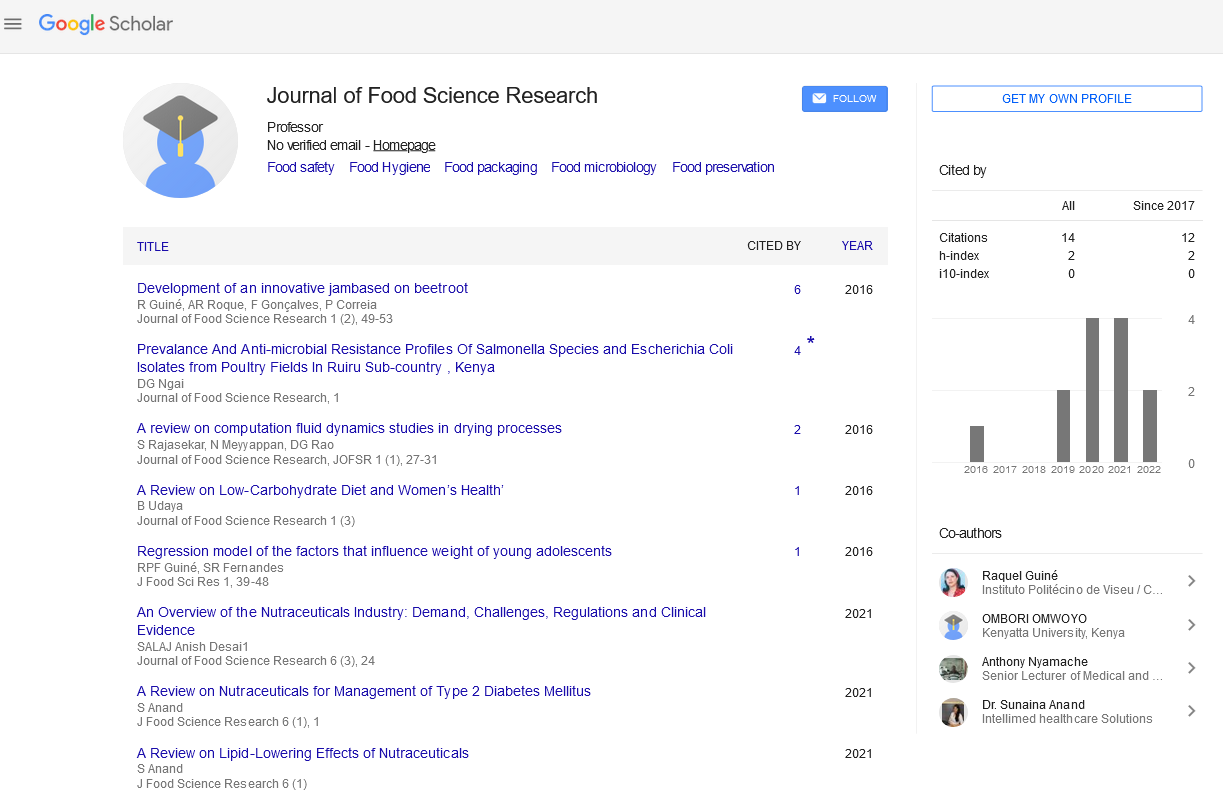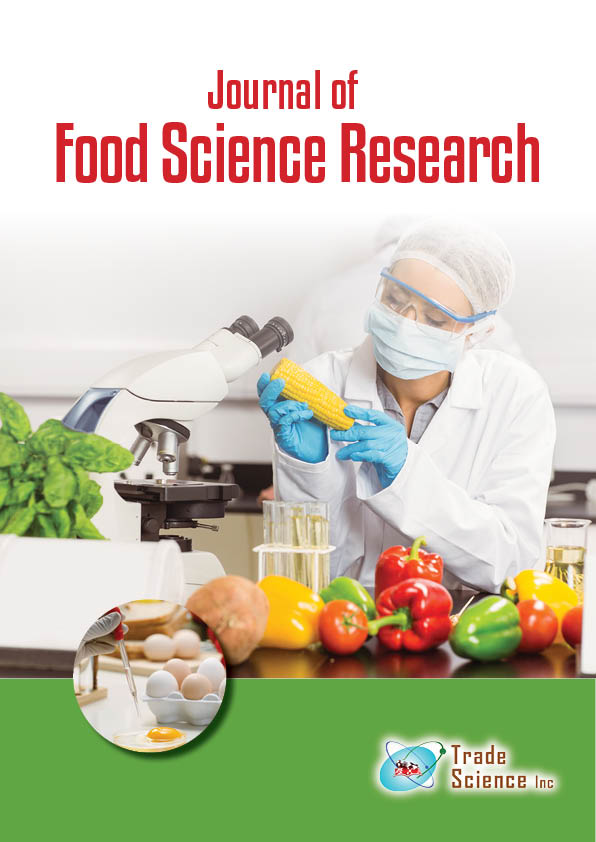Abstract
Prevalance And Anti-microbial Resistance Profiles Of Salmonella Species and Escherichia Coli Isolates from Poultry Fields In Ruiru Sub-country , Kenya
Author(s): Dorica Gakii NgaiSalmonella and Escherichia coli in poultry feeds cause health hazards to poultry as well as human beings. Poultry feeds get contaminated during primary production, feed mixing and animal feeding. In control and prevention of microorganism in the poultry feeds, it is important to establish the microbial safety of poultry feeds that are used to feed the poultry. Salmonella is one of the primary sources of food borne diseases worldwide. This is as a result of consuming contaminated poultry products including poultry eggs and meat. Salmonella causes diseases including gastroenteritis, typhoid fever and diarrhea. Most Salmonella serotypes are not specific to host and cause diseases in animals and humans. Resistance against chemical treatments and antibacterial drugs is common with Salmonella and Escherichia coli. Major food contamination with Salmonella and Escherichia coli occurs due to mixing of feeding ingredients with dust during food milling. Poultry feed can therefore be considered as the major transfer of Salmonella and Escherichia coli into poultry flock. The objectives of this study were to determine prevalence, assess microbial load in poultry feeds, antimicrobial resistance levels and assess resistant genes of Salmonella sp. and Escherichia coli isolated from poultry feeds from selected outlets in Ruiru Sub - County. A total of 150 poultry feed samples of different poultry feed were collected from 30 randomly selected poultry feed outlets from five sampling sites in Ruiru Sub - County. Microbial load was determined by serial dilution. Isolation of Salmonella sp. and Escherichia coli was carried out using Salmonella-Shigella, Xylose Lysine Deoxycholate and MacConkey agar and confirmed with biochemical tests. Antimicrobial susceptibility screening was done using Kirby-Bauer disc diffusion technique. The detected drug resistance isolates were confirmed by molecular screening for specific resistance genes based on the targeted antibiotic using PCR. Tukey’s HSD was used to separate the means of bacterial counts using SPSS software version 20. The bacterial load ranged from3.1x105 cfu/g to 3.0x106 cfu/g. The bacterial load was significantly different among the samples collected (p=0.0001). Out of the 150 samples of poultry feeds, 28 % were detected with Salmonella sp. and 58 % with Escherichia coli. The isolates manifested resistance to tetracycline, co-trimoxazole and ampicillin. The resistant isolates of Salmonella sp. and Escherichia coli carried dfr, strb, tem and shv genes. The study reveals high levels of bacterial load and resistant bacteria that carry antimicrobial resistant genes in poultry feeds. Therefore, hygienic handling and production of poultry feed is important to minimize bacterial contamination in poultry feed which is a health hazard to poultry and humans. Use of antimicrobial agents in poultry production should also be regulated to reduce antimicrobial resistance.

